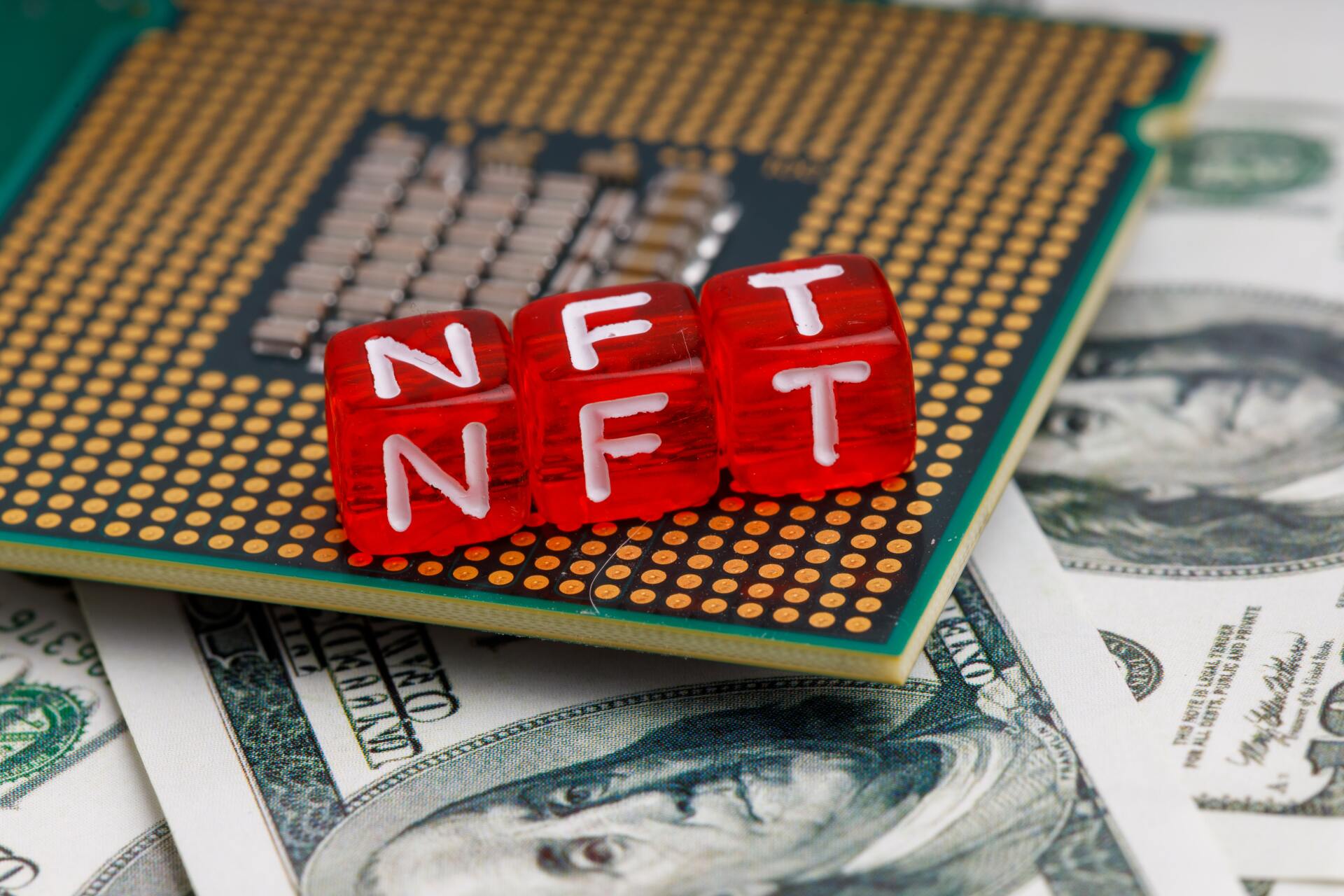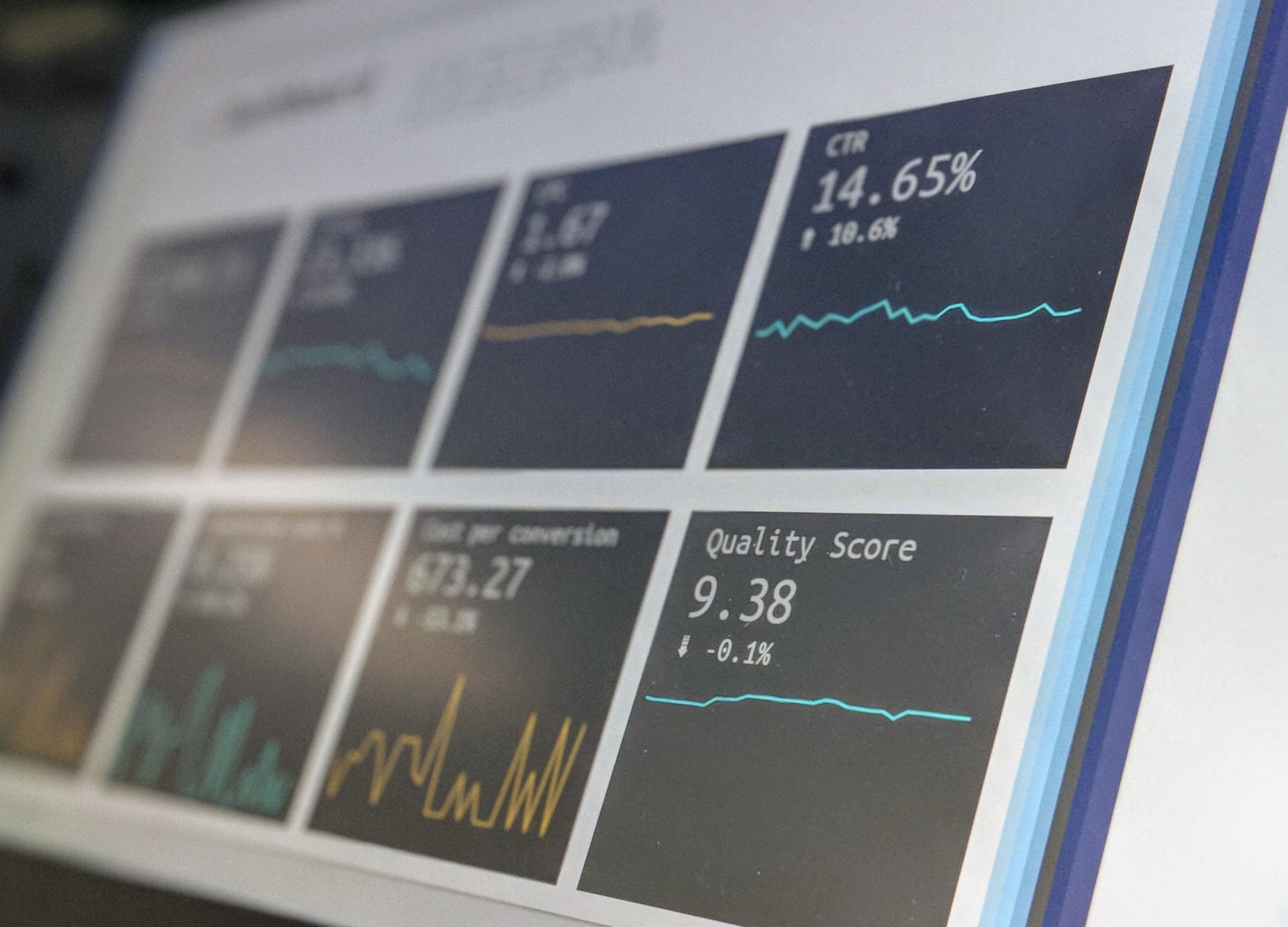What Are All These Different Stocks?
There are so many different names for stocks, so what do they mean?
Common stock, preferred stock, growth stock, income stock, value stock, blue-chip stock, beef stock. Where does it end?!
When you’re just entering the world of investing, the vocabulary alone can be overwhelming. While we certainly can’t cover every finance term in one blog post, here are some popular phrases in the stock market that can give you some footing to stand on:
Common Stock
Common stock is the most, well, common stock to own. Owning a common stock means that you are eligible for dividends and you are allowed to vote in shareholder meetings. The downside to a common stock is that its owners are the last ones to receive payment in the event of a company’s liquidation (going out of business).
Preferred Stock
Typically, preferred stockholders don’t have voting rights. On the bright side, they receive dividend payments before common stockholders if a company goes bankrupt and has to liquidate their assets (sell all their stuff).
Common stocks and preferred stocks can fall into any one of the following stock categories, sometimes more than one!
Growth Stock
A growth stock is any stock growing at a faster rate than the market average. Most of the time, they don’t offer dividends. Investors tend to like growth stocks for their rocketing prices because it means that they can easily buy low and sell high. Tech startups are oftentimes growth stocks.
Income Stock
Income stocks consistently pay dividends, providing a steady source of income. Utility companies that have been around for a long time are likely to be income stocks.
Value Stock
Value stocks have a low price-to-earnings (PE) ratio. Their low PE, which makes them cheaper, means that the general feeling in the market towards the stock is not currently very desirable. Investors who think the market is overreacting and selling the stocks for less than they are worth may purchase value stocks in the hopes that the price will rebound.
Blue-Chip Stock
Shares in large, well-known companies are known as blue-chip stocks. Historically, they boast dependable growth and generally offer dividends.
Last, but not least…
Beef Stock
Though this may sound like something you would buy while experiencing a bull market, it’s actually just a base for soups! But you probably already knew that, you smarty pants. We just thought we’d give you a freebie on the last one ;)
Congrats on learning some new stock terms today and cheers to becoming more stock market savvy!













